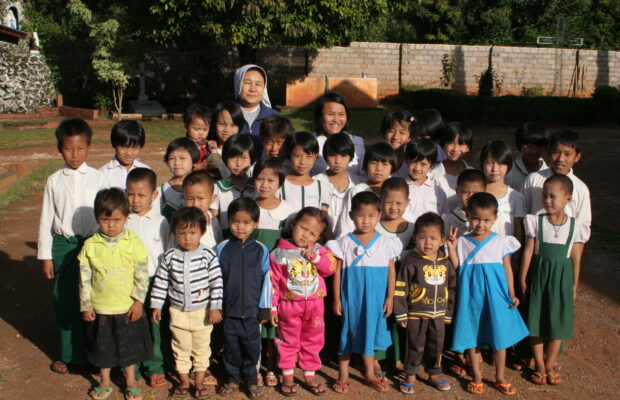
How to support the Hmong people of Vietnam
Di is a 12-year-old girl who lives in the highlands of Vietnam and is among one of the one million Hmong people living in Vietnam (Britten, 2014). She is the essence of the 2023 Oscar-shortlisted documentary: “Children of the Mist” which follows Di into her adolescence years where audiences explore the customs, beauty and struggles of the Hmong’s daily lives. This article aims to underline the importance of supporting education charities such as the Children of the Mekong to help the children of the Hmong ethnic group in Vietnam get better access to education and to dive deeper into their historical background, beautiful culture, address challenges faced and identify how you can give children like Di the chance to choose her own future.
Who are the Hmong people?
The origin of the Hmong people can be traced back to over 4000 years ago in some regions of China through oral accounts (Hmong American Center, 2023). Although in China, the Hmong people are referred to as the ‘Miao’ population, this is widely seen by the Hmong community as impolite. 300 years ago, a large part of the Hmong people migrated from China to other countries in Southeast Asia. This migration was the outcome of several conflicts with Chinese rulers who sought to smooth over ethnic minorities (Minnesota Historical Society). While the majority can still be found in China, a considerable number have found their way to Vietnam while some have migrated to Laos, Thailand, Myanmar, the United States, France and Australia (Lemoine, 2005). Historically they have mostly kept to themselves and been unbothered by either the Vietnamese or Chinese government despite living on the border between the two countries, with the exception of the involvement of some Hmong in the Vietnam war on either side of the conflict.
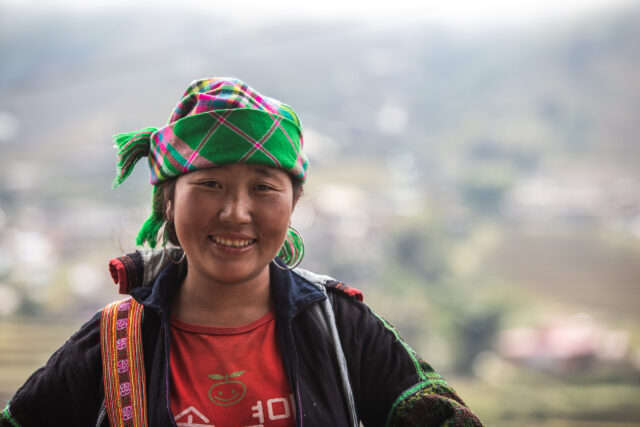
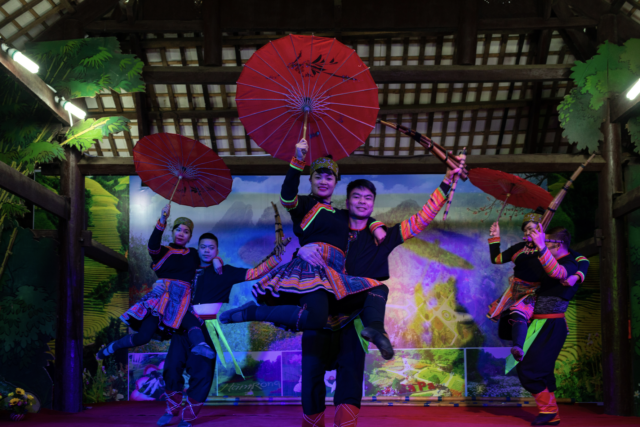
As regards to Vietnam, over 91% of the Hmong present in the country reside in the northern mountainous region. Such areas include Ha Giang and Lao Cai. Their choice of settlement mostly resulted from the fact that more accessible lands were already occupied. They value isolation and thus tend to settle in very secluded communities, isolated from the Kinh (the majority of the Vietnamese population) and other ethnic groups (Luong & Nieke, 2013).
Hmong culture and traditions
With over 4,000 years of history, the Hmong’s culture is as rich as any others as it is uniquely beautiful. They are easily distinguished by the colourful clothes with distinct designs and alongside their unique linguistical characteristics, helps differentiate between the different Hmong groups (Ngo, 2016). The Hmong community is traditionally a patrilineal society, with the most senior member being the oldest male of the family with a strong sense of community and a rigid clan structure of which there are 18 prominent clans (Owens, 2007). There are also sub-clans based on shared ancestors or shared rituals and clans provide mutual assistance, whether socially or economically (Hmong American Peace Academy). The spirits for the Hmong mean something significant and being traditionally animist, they believe in the existence of a variety of spirits that inhabit natural objects around them. Such spirits include ancestral spirits hence, praying to one’s ancestor is a big part of their customs as their predecessors are believed to protect their descendants from harm, implying their strong kinship and family values (Ngo, 2016).
Challenges of the Hmong people
Geographically
The Hmong people face numerous challenges due to their geographical isolation in hardly accessible terrain. This has contributed to them being cut off from the globalization process and has deepened the gap between them and other ethnic groups. From this geographical divide stems an ever-growing cultural misunderstanding with most of other Vietnam cultures despite their attempts to adopt new technologies. In addition, the geography of Hmong villages makes going to school a journey for children as school compounds are often miles away and require an arduous walk. This is a contributing factor to the lack of education culture within Hmong communities.
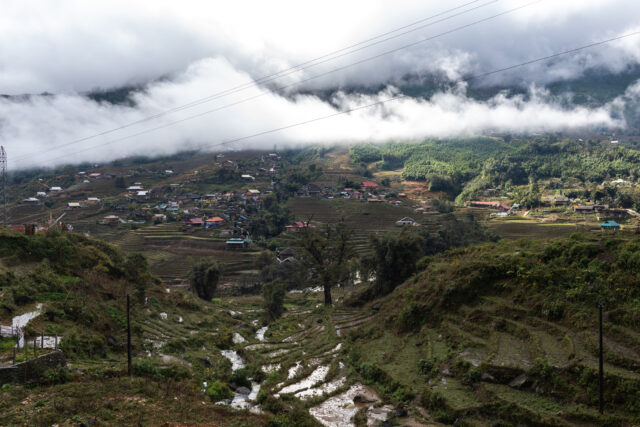
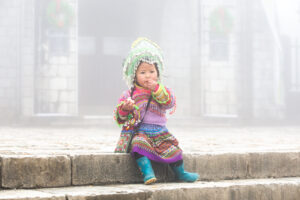
Economically
There is a financial disparity between the Hmong and the Kinh (the majority of Vietnamese population). In comparison with other minority groups in Vietnam, the Hmong have been assessed to be the most economically vulnerable with the highest poverty rate and with lower academic performance than the average level (Baulch, et al., 2002). As Vietnamese is not their first language, their limited ability to speak the national language creates a barrier and limits occupational opportunities. Retaining cultural identity is very important to the Hmong but their individual needs are not explicitly considered by government policies thus, often they’re not included in the economic growth process (Luong & Nieke, 2013).
Skilled handicraftsmen and experts in agricultural practices, the Hmong community earn their living mainly from agricultural activities whilst making household handicrafts during their free time based on demand for trade mainly within their commune and so operate mainly as small-scale household enterprises. Due to a close kinship-based social structure and clan-based settlement patterns, they’re more closed-off and are described as being selectively adaptive to modern policies.
This lack of economic opportunity unfortunately doesn’t help the wide gap in the proportion of literacy and non-school attendance between the Hmong and other ethnic groups. This leads to a lower literacy rate which keeps generations in a perpetual cycle of poverty. Inadequate resource allocation and poor-quality teaching is an important contributing factor. Additionally, girls like Di are disproportionately impacted. According to the UNICEF, the number of girls taking grade 10 entrance exams are less than half of the boys (UNICEF, 2016).This is corroborated by the high proportion of girls getting married before the age of 18, the highest compared to other minority groups in Vietnam (UN Women , 2021).
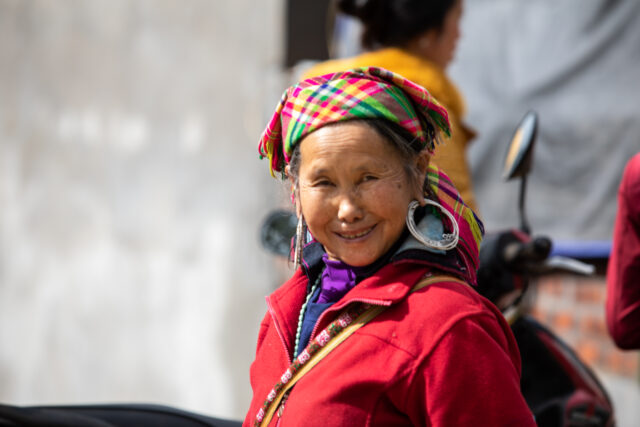
Bride kidnapping
In the Hmong community ‘Chắt Pò Nỉa’ which translates as ‘pulling wife’, commonly known as bride kidnapping, is a traditional Hmong custom. In the documentary, Di too gets kidnapped. It is supposed to be a symbolic gesture where the young groom will kidnap his bride-to-be and keep her in his house for 2-3 days to force a marriage negotiation until which the bride can choose to either marry him or not. However, this tradition has garnered a lot of controversy in the past decades as many young girls are mysteriously disappearing. In fact, a lot of children are being sold and threatened to death into marriages in China (CNA Insider, 2020).The location of the Hmong communities in borders makes it easier for perpetrators to fool and then smuggle Hmong girls out of the country (Hodal, 2017).
Thousands of cases have been reported but significantly more remain unreported. According to the UN Women, a high proportion of the 7,500 trafficking cases detected between 2012 and 2017 were women in ethnic minority communities being sold in China (UN Women , 2021) . So, besides the earlier-than-average age at which the Hmong population are getting married, the issue of bride kidnapping is also preventing Hmong children from finishing school.
Politically
The Hmong aren’t well represented in the political system and only equate to 1.4 % of the 500 National Assembly Deputies as the Kinh people monopolize key state positions. Thus, they have little decision-making abilities. They’re quite often marginalised and looked down upon as having less capacity and political power (Luong & Nieke, 2013).
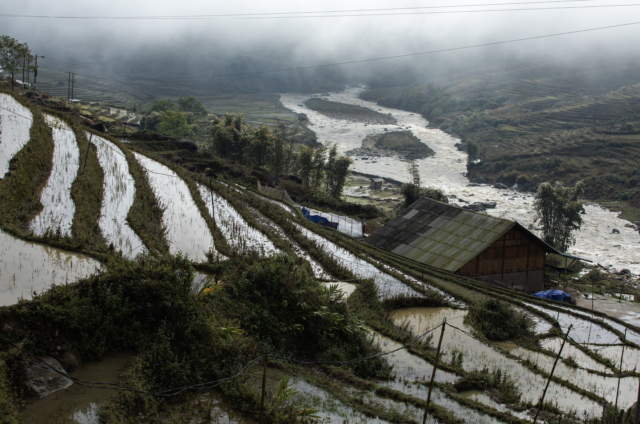
Learn more about our privacy policy here.
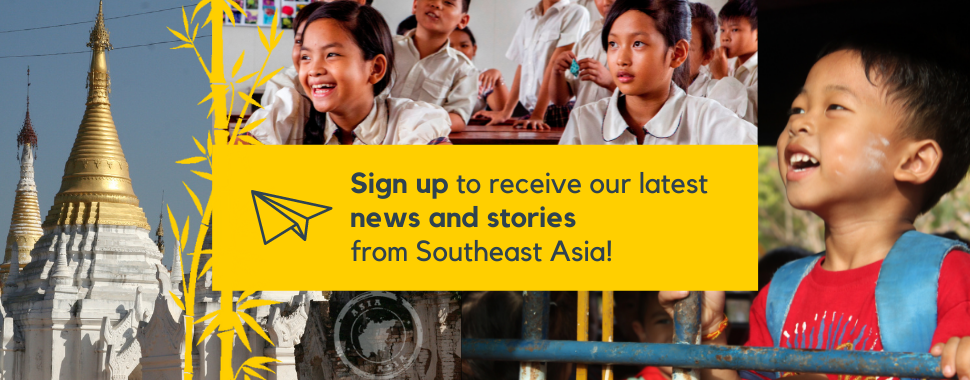
Children of the Mekong’s Child Sponsorship Programme for education- How can you help?
Multiple projects are taking place to raise awareness for the Hmong children including well-known institutions such as Save The Children, UNICEF and Blue Dragon Children’s Foundation. At a more local level, a range of government intervention had been designed to help minorities in the late 1990’s mainly focusing on subsiding the cost of road maintenance, resettlement funds, connecting rural villages to the national grids and providing scholarships. In practice, this is still far from meeting the needs to provide adequate support as implementation is often weak and the guidelines are not specific enough (Baulch, et al., 2002).
Children of the Mekong is one of the ways in which you can help further assist the Hmong people. Currently, Children of the Mekong runs small boarding houses for young people to provide access to education. We also provide child sponsorship programmes where Children of the Mekong help give children like Di an opportunity to go to school. We believe the best way to help break the cycle of poverty in which they are trapped in is to support young people as long as possible in their studies.
We hope this has shed some light on the beautiful culture of the Hmong people in Vietnam and highlight the importance of providing the children of ethnic minorities better means for better-quality education to help give them the tools to thrive for generations to come!
Want to learn more about our child sponsorship programmes and projects?

References
Baulch, B., Chuyen, T. T. K., Haughton, D. & Haughton, J., 2002. Ethnic Minority Development in Vietnam: A Socioeconomic Perspective: The World Bank.
Britten, C., 2014. Going Global: Hmong Culture. [Online]
Available at: https://www.fvtc.edu/news/story/going-global-hmong-culture
[Accessed 5 April 2023].
CNA Insider, 2020. Kidnapped Brides: The Vietnamese Women Sold As Wives In China, s.l.: CNA Insider.
HMONG AMERICAN CENTER, 2023. HMONG HISTORY. [Online]
Available at: https://www.hmongamericancenter.org/hmong-history/#:~:text=The%20Hmong%20are%20an%20ethnic,expansion%20by%20the%20Chinese%20government
[Accessed 10 April 2023].
Hmong American Peace Academy , n.d. Hmong Culture & Strengths. [Online]
Available at: https://www.myhapa.org/academics-2/general-info/hmong-culture-strengths/
[Accessed 7 April 2023].
Hodal, K., 2017. ‘I hope you’re ready to get married’: in search of Vietnam’s kidnapped brides. [Online]
Available at: Kidnapped Brides: The Vietnamese Women Sold As Wives In China
[Accessed 12 April 2023].
Lemoine, J., 2005. What is the actual number of the (H)mong in the world?. Hmong Studies Journal, Volume 6, pp. 1-8.
Luong, M. P. & Nieke, W., 2013. Minority status and schooling of the Hmong in Vietnam. Hmong Studies Journal, Volume 14, pp. 14-37.
Minnesota Historical Society , n.d. Hmong Timeline. [Online]
Available at: https://www.mnhs.org/hmong/hmong-timeline
[Accessed 2 April 2023].
Ngo, T. T., 2016. The Hmong of vietnam. In: The New Way: Protestantism and the Hmong in Vietnam. University of Washington Press, pp. 21-40.
Owens, C. W., 2007. Hmong. [Online]
Available at: https://ethnomed.org/culture/hmong/
[Accessed 10 April 2023].
UN Women , 2021. Country Gender Equality Profile Viet Nam 2021, Hanoi: UN WOMEN.
UNICEF, 2016. Report on Situation Analysis of Children in Lao Cai , Hanoi: UNICEF.
